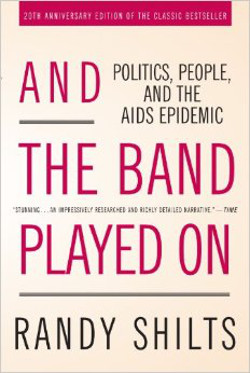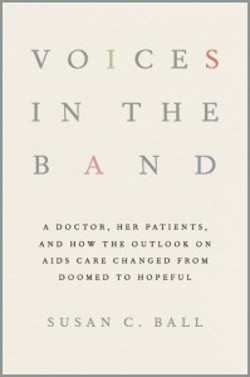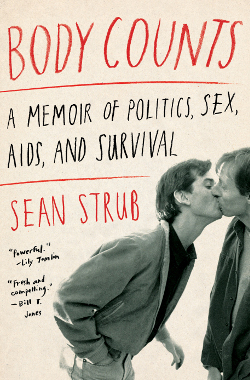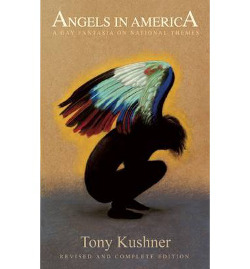By Keith Orr
Dec. 1 is always a somber day — a time to remember those we have lost. Just as important, it is a time to renew efforts for an AIDS-free world. Much has changed since the early days when "an unexpected cluster of cases" was given the moniker of GRID (Gay Related Immune Deficiency). There are treatments available for many which result in undetectable levels of the virus. With these therapies, AIDS becomes a manageable chronic condition. Some therapies are being tested which could lead to not just undetectable levels, but eradication of the virus. There are preventive protocols using Truvada which, though not a vaccine, provide tremendous protection.
Thus, much has not changed. Untreated, AIDS is still a deadly disease. Not everyone has access to the treatment in developed countries. Many people react poorly to the therapies and destroy livers and kidneys to hold the disease in check as long as possible. Education is still needed to inform people how to prevent transmission and to teach the uninformed how the disease is not transmitted.
Here are a few older and newer books to understand the past and present of AIDS.
And The Band Played On: Politics, People, and the AIDS Epidemic

By Randy Shilts
Randy Shilts was the gay community's documentarian. In 1981 he was hired as an openly gay journalist with the San Francisco Chronicle. He wrote three major books in his short life: "The Mayor of Castro Street: The Life and Times of Harvey Milk," "And The Band Played On," and "Conduct Unbecoming: Gays and Lesbians in the US Military from Vietnam to the Persian Gulf." He died of complications from AIDS in 1994 at the age of 42.
"And The Band Played On" is one of the best of the chronicles of the early years of the AIDS epidemic. Originally published in 1987, Shilts used his prodigious skills as an investigative journalist to conclude that the epidemic was allowed to happen through apathy and indifference. Shilts examines the actions and reactions of several communities: gay, medical, political, governmental and the news media. He weaves personal stories through the book, making it an engaging piece of journalism and call to action.
The initial reception to the book was controversial. It earned rewards for its literary and journalistic qualities. Not surprisingly, many of those criticised in the book were less welcoming. Though some the conclusions have been refuted over time, the basic premise of the book damning the governmental response remains both harrowing and true.
Voices In The Band: A Doctor, Her Patients, and How the Outlook on AIDS Care Changed from Doomed to Hopeful

By Susan C. Ball
An incredible memoir of a doctor who worked with patients starting in 1992. Her practice crossed the divide when there were no effective treatments, to the era of protease inhibitors and cocktails of the late '90s, through the present when therapy can be one pill a day. The book opens with her first days on the job and the helpless feeling of caring for patients whose HIV has progressed to full-blown AIDS. At the time, that diagnosis meant nothing to a physician. There was nothing to treat. You could at least fight the opportunistic infections, even if the fight was often a losing battle. AIDS had no treatments. You could only care for them, make them feel loved and watch them die.
In spite of the odds, what she saw in those days was the finest in medical care. Teams worked together tirelessly. In tragic irony, today doctors can save their patients but back then they cared for them. The voices in "Voices In The Band" will haunt you as much as they clearly haunt Dr. Ball.
Body Counts: A Memoir of Politics, Sex, AIDS, and Survival

By Sean Strub
On reading this recent memoir I was struck by the fact that Sean Strub was present at or at the center of so many important political and cultural events. An early AIDS activist and founder of POZ Magazine, Strub was a member of ACT-UP, participating in the Saint Patrick's Cathedral actions and covering Jesse Helms' house in a giant condom. He rubbed elbows with the likes of Keith Haring and Andy Warhol. He was the first person on the scene at the assassination of John Lennon. Diagnosed early on with HIV, he was near death in 1995 when protease inhibitors were introduced and saved his life. Strub was, and is, a combination of entrepreneur and activist. This was an unusual combination at the time, but perhaps laid the groundwork for today's activism which is itself entrepreneurial. Both his work and his activism depended on networking, and he knew many people, famous and infamous. If nothing else, this cast of characters makes this a fantastic read.
Angels In America
By Tony Kushner

Great tragedies inspire great art. One of the pinnacles of expression from the horror of the AIDS epidemic was Kushner's classic, "Angels In America," composed of two independent plays, "Part One: The Millennium Approaches," and "Part Two: Perestroika." The play has been produced on Broadway and in a popular HBO adaptation.
The play revolves around Louis, a gay Jew, whose lover Prior is diagnosed with AIDS. The action cuts through generations and political ideologies, introducing conservative Roy Cohn as an important character and foil. Characters struggle with the relation between religion and family and their sexual orientation and HIV status. Kushner is a fan of Bertolt Brecht, whose theatricality pushes the bounds of reality creating a more powerful drama. In "Angels," there are visions of the ghost of Ethel Rosenberg and Angels. The visions constantly remind the viewer of the theatrical nature of the story, resulting in a hyper-realism making the work all the more powerful.
The full play is a seven hour production, usually performed over two days. However, like most great plays, it works as a literary piece, as well. Whether or not you have seen a production, you should read this important piece of gay culture.










